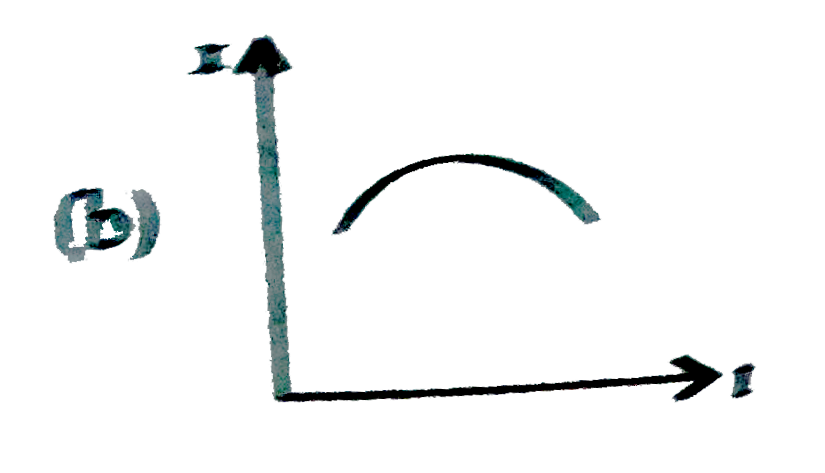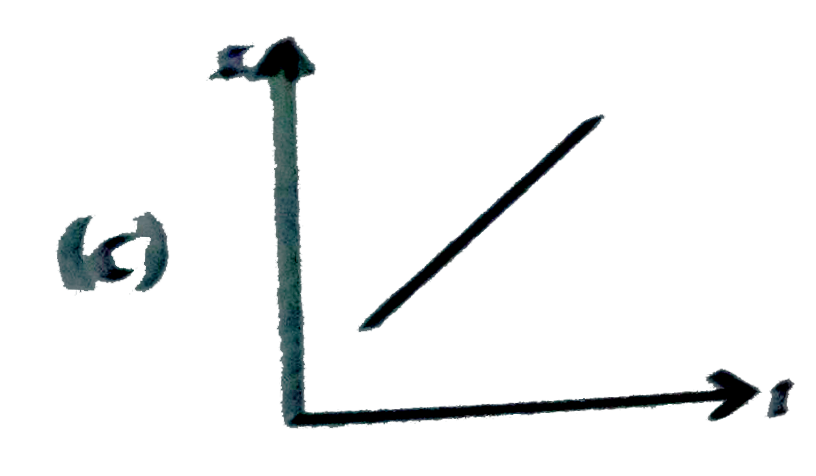A
B
C
D
Text Solution
AI Generated Solution
The correct Answer is:
|
Topper's Solved these Questions
MOTION IN A STRAIGHT LINE
NCERT FINGERTIPS|Exercise Kinematic Equations For Uniformly Accelerated Motion|32 VideosView PlaylistMOTION IN A STRAIGHT LINE
NCERT FINGERTIPS|Exercise Relative Velocity|18 VideosView PlaylistMOTION IN A STRAIGHT LINE
NCERT FINGERTIPS|Exercise Instantaneous Velocity And Speed|16 VideosView PlaylistMOTION IN A PLANE
NCERT FINGERTIPS|Exercise Assertion And Reason|15 VideosView PlaylistOSCILLATIONS
NCERT FINGERTIPS|Exercise Assertion And Reason|15 VideosView Playlist
Similar Questions
Explore conceptually related problems
Knowledge Check
A
B
C
D
Submit
A
B
C
D
Submit
A
B
C
D
Submit
Similar Questions
Explore conceptually related problems
NCERT FINGERTIPS-MOTION IN A STRAIGHT LINE-Acceleration
- The displacement of a body is proporticonal to the cube of time elapse...
02:31
|
Play - Match Column I with Column II.
02:50
|
Play - The slope of the tangent at a point on the curve of concentration of a...
02:33
|
Play - The area under acceleration-time graph gives
01:12
|
Play - Which of the following statements is not correct regarding the motion ...
02:25
|
Play - Match the Column I with Column II.
Text Solution
|
Play - A particle moving along a straight line has a velocity v m s^(-1), whe...
01:41
|
Play - A particle moves rectilinearly. Its displacement x at time t is given ...
05:55
|
Play - A car starts from rest, attain a velocity of 36 km h^(-1) with an acce...
04:30
|
Play - A point moves with a uniform acceleration and v1 ,v2, v3 denote the a...
03:34
|
Play - A particle starts from point A moves along a straight line path with a...
04:41
|
Play - For the one dimensional motion, described by x=t-sint
06:47
|
Play - Position-time graph for motion with zero acceleration is
01:47
|
Playing Now - The velocity -displacement graph of a particle is as shown in the figu...
Text Solution
|
Play - The velocity-time graph of a particle in one-dimensional motion is sho...
04:12
|
Play - Given below are four curves describing variation of velocity with time...
03:44
|
Play - The speed-time graph of a particle moving along a fixed direction is s...
04:56
|
Play - The given acceleration-time graph represents which of the following ph...
03:35
|
Play - The figure shows a particle moving along x - axis subjected to three p...
02:58
|
Play







